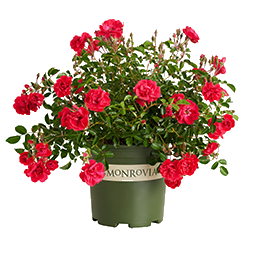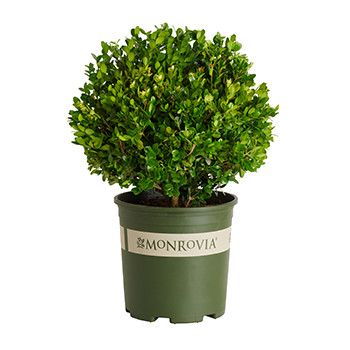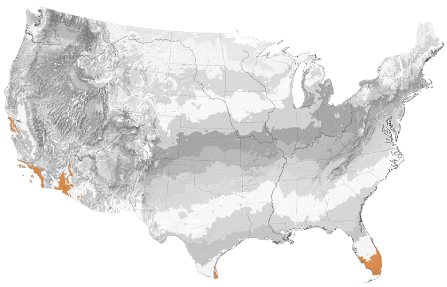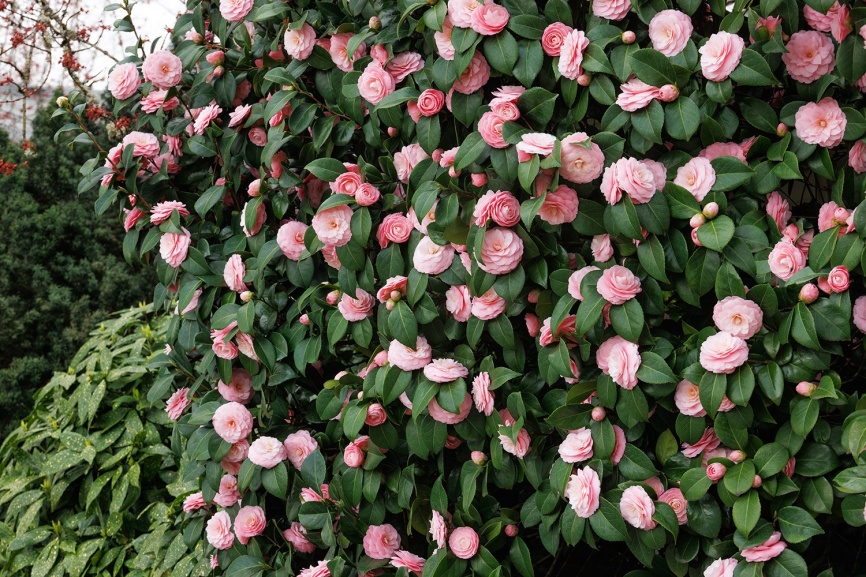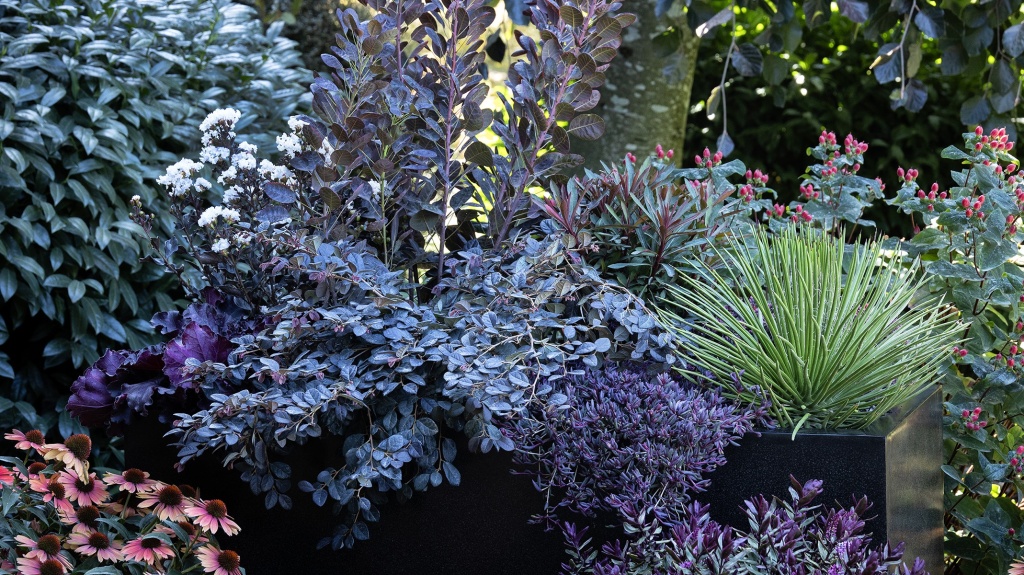You're growing in this Zip Code:
Change LocationDiscover Plants for Your Area
Dwarf Giant Banana
Musa acuminata 'Enano Gigante'
Retailers Near You
| Description | A versatile, dwarf form with large dark green leaves and red markings on juvenile foliage. Mature leaves are solid green. Produces bunches of delicious fruit. Shorter stature limits wind damage. Ideal specimen in a perennial or tropical border. Perennial. |
|---|---|
| Bloom Time | Summer |
| Deciduous/Evergreen | Evergreen |
| Special Features | Dramatic Foliage Color, Non-toxic to Cats and Dogs, Edible, Fast Growing, Compact Form |
| Growth Rate | Fast |
| Growth Habit | Clumping |
| Flower Attributes | Showy Flowers |
| Landscape Use | Border, Container, Poolside |
| Design Ideas | This banana is the cornerstone of the tropical fruit garden, but is so ornamental it is used in many kinds of gardens. Tall narrow form makes it an ideal plant for side yards as fruit tree or leafy privacy screen. Plant in small city gardens as a single specimen. Though listed as a dwarf, this is still a very wide, bushy plant that can beautifully anchor house corners in the front yard landscape. |
| Flower Color | Yellow |
| Foliage Color | Green |
| Companion Plants | To create a tropical-fruit garden, combine this Banana with Clementine Mandarine Orange (Citrus reticulata 'Clementine'), Pineapple Guava (Feijoa sellowiana) and Vincent Kiwi Vine (Actinidia chinensis 'Vincent') with its male pollenizer, Tomuri Kiwi Vine (Actinidia chinensis 'Tomuri'). Also grows very well under the light filtered shade of Jacaranda (Jacaranda mimosifolia) surrounded by Silver Dragon Lilyturf (Liriope spicata 'Silver Dragon'). |
| Care Instructions | Follow a regular watering schedule during the first growing season to establish a deep, extensive root system. Watering can be reduced after establishment. Feed with a general purpose fertilizer before new growth begins in spring. |
| History | There are over 40 species in this large, well known genus of edible tropical fruit. They are distributed throughout southeast Asia and the South Pacific. This commercially cultivated species includes many varieties and forms native to Asia and parts of tropical East Africa. |
| Lore | The genus was named for Antonio Musa, physician to Octavius Augustus, the first emperor of Rome, 63-14 BC. |
| Description | A versatile, dwarf form with large dark green leaves and red markings on juvenile foliage. Mature leaves are solid green. Produces bunches of delicious fruit. Shorter stature limits wind damage. Ideal specimen in a perennial or tropical border. Perennial. |
|---|---|
| Bloom Time | Summer |
| Deciduous/Evergreen | Evergreen |
| Special Features | Dramatic Foliage Color, Non-toxic to Cats and Dogs, Edible, Fast Growing, Compact Form |
| Growth Rate | Fast |
| Growth Habit | Clumping |
| Flower Attributes | Showy Flowers |
| Landscape Use | Border, Container, Poolside |
|---|---|
| Design Ideas | This banana is the cornerstone of the tropical fruit garden, but is so ornamental it is used in many kinds of gardens. Tall narrow form makes it an ideal plant for side yards as fruit tree or leafy privacy screen. Plant in small city gardens as a single specimen. Though listed as a dwarf, this is still a very wide, bushy plant that can beautifully anchor house corners in the front yard landscape. |
| Flower Color | Yellow |
| Foliage Color | Green |
| Companion Plants | To create a tropical-fruit garden, combine this Banana with Clementine Mandarine Orange (Citrus reticulata 'Clementine'), Pineapple Guava (Feijoa sellowiana) and Vincent Kiwi Vine (Actinidia chinensis 'Vincent') with its male pollenizer, Tomuri Kiwi Vine (Actinidia chinensis 'Tomuri'). Also grows very well under the light filtered shade of Jacaranda (Jacaranda mimosifolia) surrounded by Silver Dragon Lilyturf (Liriope spicata 'Silver Dragon'). |
| Care Instructions | Follow a regular watering schedule during the first growing season to establish a deep, extensive root system. Watering can be reduced after establishment. Feed with a general purpose fertilizer before new growth begins in spring. |
|---|
| History | There are over 40 species in this large, well known genus of edible tropical fruit. They are distributed throughout southeast Asia and the South Pacific. This commercially cultivated species includes many varieties and forms native to Asia and parts of tropical East Africa. |
|---|---|
| Lore | The genus was named for Antonio Musa, physician to Octavius Augustus, the first emperor of Rome, 63-14 BC. |
Retailers Near You
About Us
We have been pioneers and craftsmen in the art of growing plants for nearly
100 years. Since our founding in Southern California by Harry E. Rosedale, Sr.
in 1926, we have been absolutely dedicated and obsessed with quality.
We have been pioneers and craftsmen in the art of growing plants for nearly 100 years. Since our founding in Southern California by Harry E. Rosedale, Sr. in 1926, we have been absolutely dedicated and obsessed with quality.
